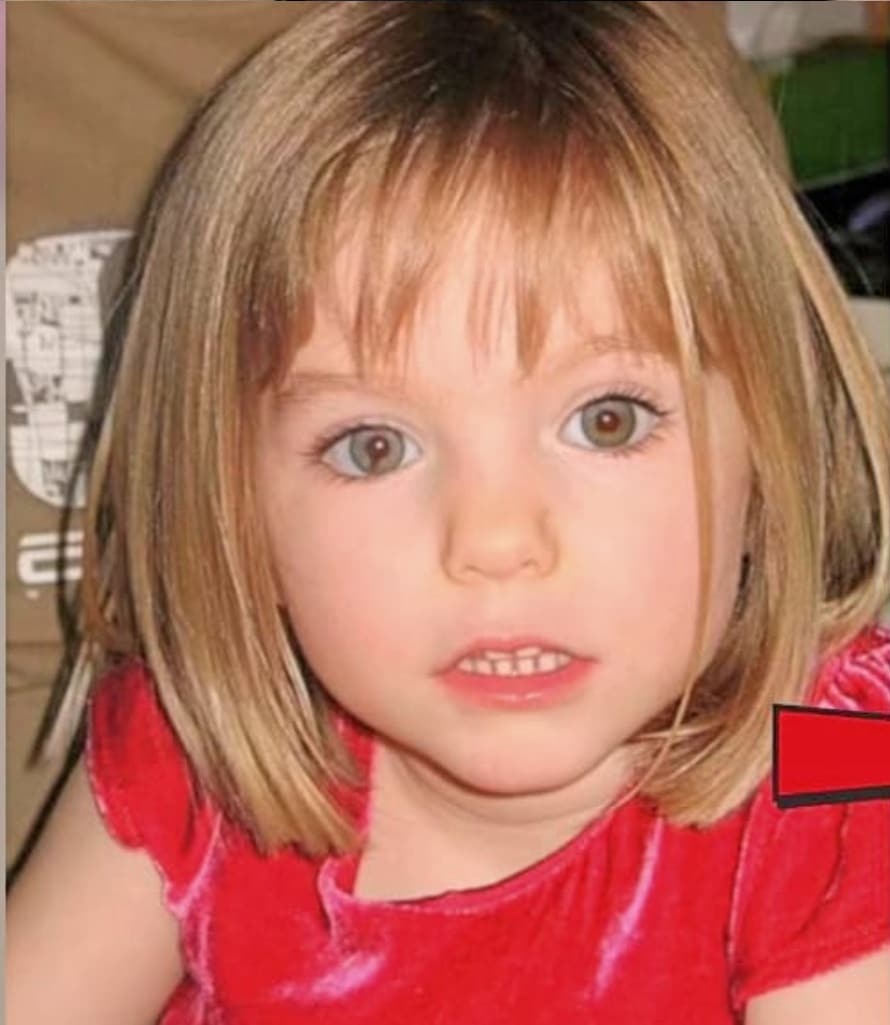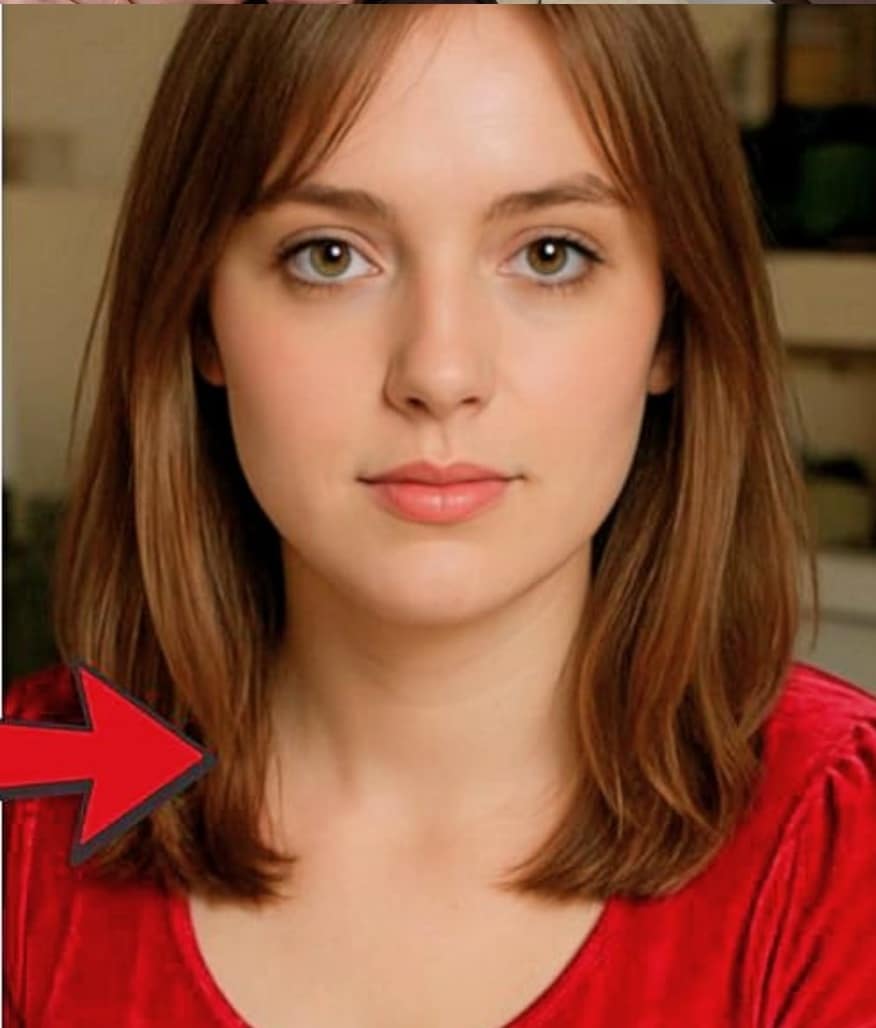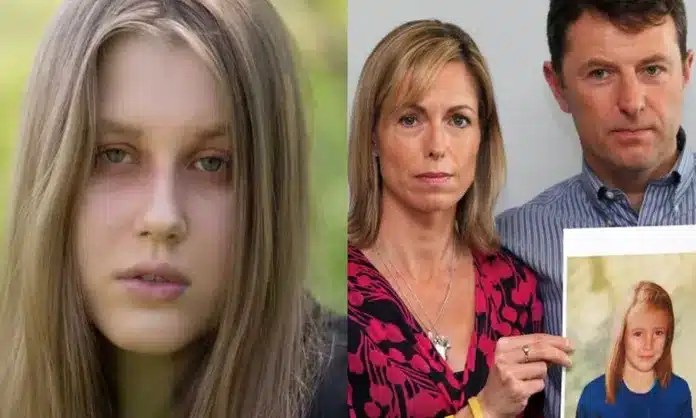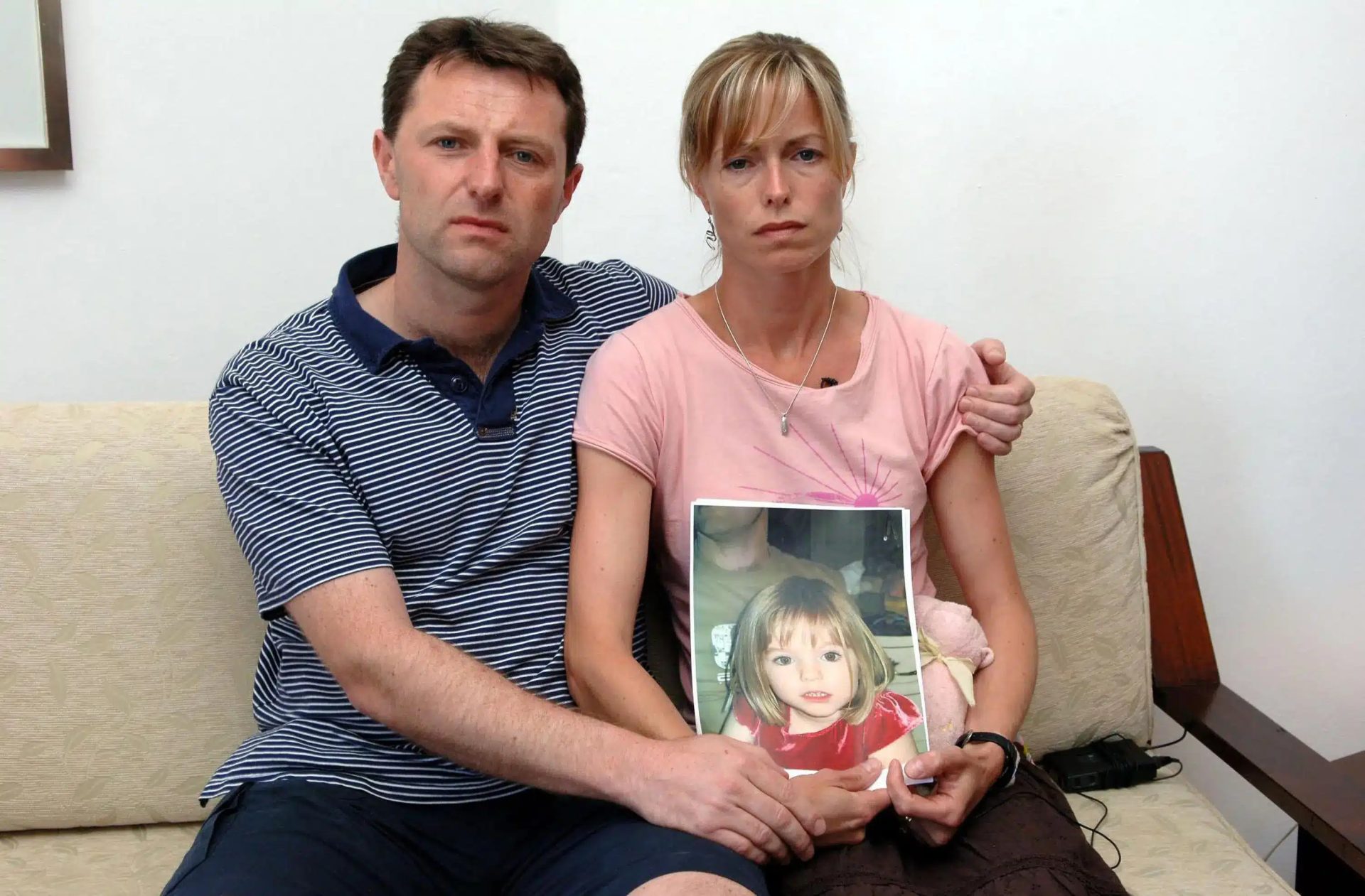One of the world’s most haunting missing person cases has been jolted by a dramatic new development. The disappearance of Madeleine McCann from a Portuguese holiday apartment in 2007 has captivated and saddened the public for nearly two decades. Now, a 23-year-old Polish woman named Julia Wendell has come forward claiming to be the missing girl. Her assertion is supported by a recent DNA test that reportedly shows a significant, though not conclusive, genetic match with Madeleine’s father. This revelation has sent shockwaves through the media and reignited a global conversation about the enduring mystery.

Julia Wendell first gained attention through social media, pointing to physical similarities she shares with Madeleine, including a rare eye condition. While initial reactions were skeptical due to the history of false leads in this case, the mention of a DNA match has forced a more serious consideration. Experts caution that while the reported 69% match is noteworthy and demands further investigation, it is not definitive proof of a parent-child relationship. The official investigation, Operation Grange, has stated it will need to conduct its own independent verification before any conclusions can be drawn.


For Madeleine’s parents, Gerry and Kate McCann, this new chapter is undoubtedly fraught with overwhelming emotion after years of pain and scrutiny. The public, which has followed the case with intense empathy, is now caught between a sense of hope and the need for cautious skepticism. If proven true, this claim would represent an almost unbelievable turn of events, offering long-awaited answers while raising a host of new and complex questions about the lost years in between.


